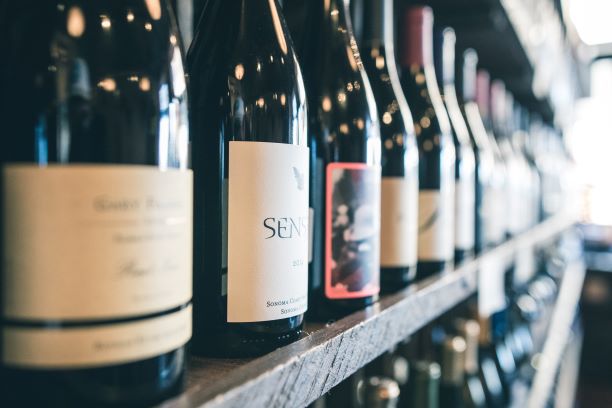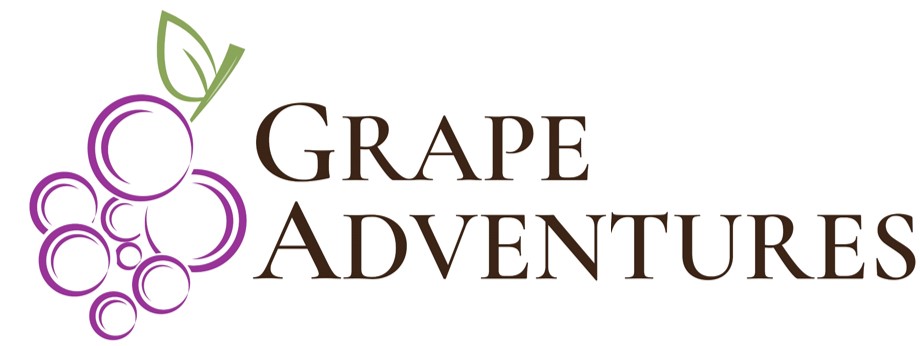
What is written on a wine label, how is it helpful to you and how do you decipher this confusing information?
Wine labels contain helpful information that can allow for a better understanding of a wine’s quality, value, and characteristics, enabling us to make better wine selections tailored to our tastes.
US law requires certain information to be included or restricted on a wine bottle label, however, many wineries add additional information to the wine label that helps identify the character of the wine, age, AVA, quality, blend of varietals, additives, the terroir, and other noted influences.
Below is a quick guide:



Brand Name
The brand name is the wine producer, winery, or vineyard. If no brand name is on the label, the bottler’s name is typically regarded as the brand.
Wine Type
Wine is labeled by grape or varietal names such as Syrah or Cabernet Sauvignon, or a generic name such as Red Table Wine. Wines using varietal names must contain at least 75% of their volume from the grapes specified, and the varietal names must appear on the label with an appellation of origin. Many wineries list the percentages of grape varieties contained in their wine blends.
Producer and Bottler
The label must indicate the bottler and its location. This information is commonly placed on the back label.
Alcohol Content
A wine label indicates the alcohol content of the wine in terms of the percentage of alcohol by volume.
Allergens
The label lists additives such as sulfites.



Optional items, but most wine labels will include them:
Vintage
The vintage is the year the grapes were harvested, not the year the wine was bottled. 95% of the grapes must be of the vintage year listed.
Fanciful Name
This is the marketing name of the wine created for promotional purposes.
Vineyard Designation
Some winemakers list the vineyard where the grapes are grown. A primary reason might be because the vineyard produces an unusually high-quality grape.
95% of the grapes are required to be from that specific vineyard if the vineyard is identified on the label.
Special Designation
Labels often contain special terms to specify unique qualities or qualities of the wine designated by the winemaker such as a special selection or private reserve.
Logo
Graphic artwork to help express and promote the identity of the wine to the consumer.
Estate Bottled
To be listed as an estate wine, 100% of the grapes must be grown in vineyards that the winemaker owns or manages. The vineyard and the winery must be located within the AVA on the bottle. The grapes must be harvested, crushed, fermented, finished, and bottled at the estate’s winery, never leaving the property in the process.
Varietal Name
For a wine label to list a specific varietal such as Chardonnay or Merlot, the wine must contain at least 75% by volume that specified varietal.
Appellation
This is the American Viticulture Area (AVA) where the grapes are grown. Some labels go as far as to name a specific vineyard. This varies between regions but as a rule, at least 75% to 85% of the grapes must be grown there. NAPA requires 100% of the grapes must come from the Napa AVA.

